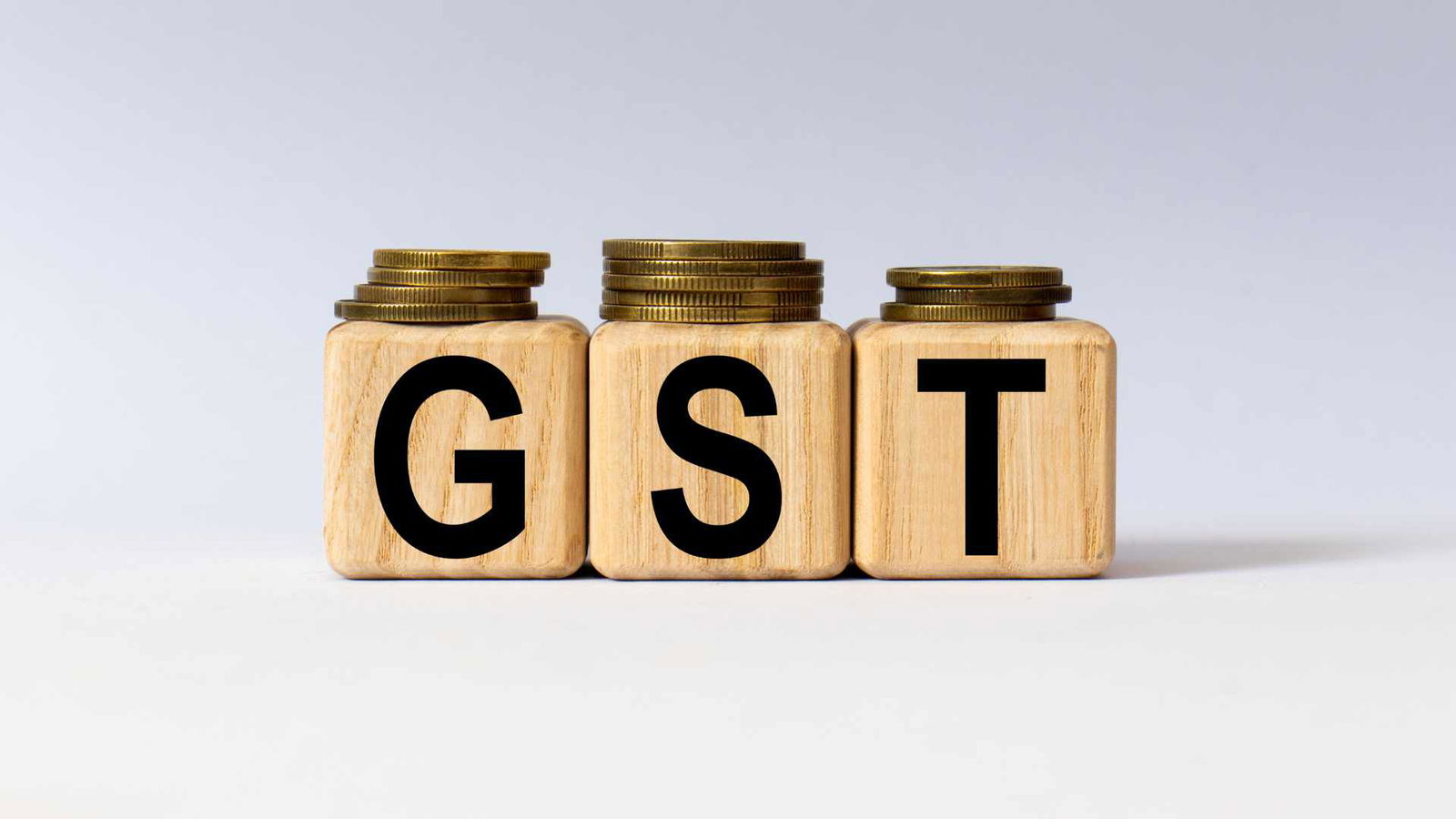![]()
New GST Rate for the Brick Manufacturing
The brick industry, a crucial component of the MSME sector, is vital in the construction landscape by manufacturing and distributing bricks. These bricks, ranging from clay and concrete to cement, form the building blocks for residential and commercial structures, roads, bridges, tunnels, and various construction projects. Understanding the dynamics of the brick industry, especially in the context of the Goods and Services Tax (GST), is essential for manufacturers and stakeholders.
Manufacturing Process
The manufacturing process within the brick industry involves extracting raw materials such as clay or sand. These raw materials are then mixed with water, binders, and other additives to form a malleable mixture. The resulting mixture is moulded into the desired shape and subsequently heated in a kiln to harden the bricks, making them suitable for use in construction projects.
Pre-GST Taxation
Before the introduction of GST, the brick industry grappled with a complex tax structure that included Excise Duty, VAT, CST, and Entry Tax. This multifaceted tax burden not only posed a significant challenge for the industry but also acted as a deterrent to its growth. The advent of GST brought relief by replacing this convoluted tax system with a more streamlined and simplified one.
Impact of GST on Brick Industry
The implementation of the GST Act in 2017 marked a significant turning point for the brick industry. The GST system replaced various indirect taxes, providing a unified tax framework with a standardized tax rate. This transition brought about a reduction in tax-related compliance and streamlined processes for manufacturers and distributors in the brick sector.
Major GST Changes
In the initial phase of GST implementation in 2017, the brick kiln sector faced a high GST rate of 28%. However, recognizing the industry’s concerns, the GST Council swiftly responded. In November 2017, through Notification No.41/2017-Central Tax-Rate, the GST rate for brick manufacturing was reduced from 28% to 5%, offering substantial relief to the industry. Additionally, input tax credit (ITC) on coal used in brick kilns, initially disallowed, was permitted in July 2018.
Revised GST Rates for Brick Manufacturers: What You Need to Know
If you’re a brick manufacturer and your annual turnover is above Rs. 20 lakh, here’s an important update: you now need to be registered and pay GST at the new rates. The earlier limit was Rs. 40 lakh.
Starting from April 1, 2022, the government has introduced a fresh tax structure specifically for the Brick Kilns sector. In this revamped setup, you have two GST rate options to consider: 12% (with Input Tax Credit – ITC) or 6% (without ITC). Let’s take a closer look at the products covered under these rates:
| S. No. | Tariff Item | Description |
|---|---|---|
| 1. | 6815 | Fly ash bricks of fly ash aggregate with 90 percent or more fly ash content; Fly ash blocks |
| 2. | 6901 00 10 | Bricks of fossil meals or similar siliceous earth |
| 3. | 6904 10 00 | Building bricks |
| 4. | 6905 10 00 | Earthen or roofing tiles |
This means if you are involved in the manufacturing of these specific products, you’ll fall under either the 12% GST category with ITC or the 6% category without ITC. Stay informed and adapt to these changes to ensure smooth compliance with the revised GST rates for brick manufacturing.
Building on the evolving landscape of GST, the GST Council, in its 45th meeting, made pivotal decisions that directly impacted the brick industry. Notifications issued on March 31, 2022, ushered in a revised GST structure, significantly altering the tax landscape for brick manufacturers. The revised structure introduced GST rates of 12% and 6%, with a complete restructuring of the composition scheme and a reduction in the threshold limit for mandatory registration.
Comparison of GST Structures
| GST Structure | Registration Threshold Limits | Facility of Composition Scheme | Normal Scheme | GST Rates | Input Tax Credit (ITC) | Return |
|---|---|---|---|---|---|---|
| Before April 1, 2022 | Rs. 40 Lakh | Available | Options: 1. Composition – 1% 2. Normal – 5% with ITC | Composition – GST @ 1% without ITC | ITC allowed in case of Normal Scheme | Quarterly Return and Annual Return Applicable |
| After April 1, 2022 | Rs. 20 Lakh | Not available | Only Scheme: Options – 12% with ITC, 6% without ITC | GST @ 12% with ITC, GST @ 6% without ITC | ITC is available with a higher Rate Structure (12%) | Monthly, Quarterly, Annually |
Blocked Input Tax Credit (ITC)
In the context of the brick industry, certain goods and services used in the manufacturing process may have blocked or restricted ITC. These restrictions are outlined under Section 17 of the CGST Act. Here are some common examples:
- Inputs used for non-business purposes: Input tax credit cannot be claimed on goods or services used for non-business purposes, such as personal use or for non-business events.
- Inputs used for exempt supplies: If the bricks manufactured by the industry are exempt from GST, the input tax credit cannot be claimed on the inputs used in their manufacturing. ITC shall not be allowed if a brick manufacturer has opted for the normal tax scheme @ 6% as per the Present GST Tax Structure.
- Inputs used for employee welfare: The input tax credit cannot be claimed on goods or services used for employee welfare, such as meals or insurance-related expenses.
- Motor vehicles: Input tax credit is not allowed for motor vehicles used for transportation of persons where the sitting capacity is less than 13 persons, including the driver.
- Works contract services: The input tax credit may be blocked or restricted for works contract services related to construction or building work.
Impact on Suppliers: A Shift in GST Registration Requirements
A significant change has swept through the GST landscape, affecting suppliers dealing in specified products. Previously, the threshold for GST registration was set at an annual total turnover of Rs. 40 lakh. However, with the latest revision, this limit has been drastically reduced to Rs. 20 lakh. If you’re a supplier of specific goods and your yearly turnover exceeds Rs. 20 crore, it’s now mandatory to register under the GST regime.
Here’s a crucial aspect to note: suppliers falling under this category can still benefit from input tax credit if they apply for GST registration within 30 days of becoming liable for it. This move aligns with the government’s efforts to streamline and strengthen the GST framework.
Unlocking Benefits: Opting for the 6% Tax Scheme
Now, let’s delve into the benefits available to taxpayers who choose to pay the reduced GST rate of 6%. Unlike the composition scheme under Section 10 of the CGST Act, this new scheme offers a lower GST rate without additional announced benefits. It’s essential to recognize that opting for the 6% tax rate comes with certain responsibilities.
Under this scheme, taxpayers are required to comply with all general provisions of the GST Act. This includes:
- Document Issuance under GST: Taxpayers must ensure the proper issuance of documents as per GST regulations. This involves accurate invoicing and documentation for all transactions.
- Regular Return Submission: Adherence to regular return submission is crucial. Timely and accurate filing of GST returns is essential for compliance with the GST Act.
- Payment of GST as per Rate Notification: Taxpayers opting for the 6% tax scheme must stay informed about rate notifications. Ensuring timely and correct payment of GST as per the notified rate is a key aspect of compliance.
While the new scheme provides a reduced GST rate, it’s essential for taxpayers to stay vigilant and fulfil their obligations under the GST Act.
Conclusion
The recent changes in the GST structure for the brick industry underscore the need for adaptability and informed decision-making. Manufacturers must carefully consider their options, from the GST rate to compliance measures, to navigate the evolving tax landscape seamlessly. As the industry adjusts to these changes, understanding and adhering to the updated GST regulations are crucial for continued growth and compliance. Constant vigilance, coupled with strategic planning, will empower brick manufacturers to thrive in this dynamic tax environment.
Related Services
FAQs
1. What is the GST rate on bricks?
At present, the GST rate on bricks is 12%. However, taxpayers have the option to go with a rate of 6% without ITC.
2. Can I claim an input tax credit (ITC) on GST paid on goods and services used to manufacture bricks?
Yes, brick manufacturers can claim ITC on GST paid on raw materials such as cement, sand, coal, and other inputs and input services used to manufacture bricks, subject to conditions stipulated in Section 17 of the CGST Act. However, if a taxpayer opts for the lower rate of GST @ 6%, ITC would not be allowed on tax paid on inputs and input services.
3. Are there any exemptions or special provisions for the brick industry under GST?
No, certain types of bricks, such as fly ash bricks and building bricks made of clay or cement, had a lower rate of tax @ 5% earlier. Presently, taxpayers have the option to opt for a tax rate of 6% without ITC.
4. Do brick manufacturers need to register under GST?
Yes, as per the changed threshold limit, brick manufacturers with an annual turnover of Rs. 20 lakhs or more are required to register under GST. However, the threshold limit for registration is Rs. 10 lakhs for manufacturers in northeastern states and hilly regions.
5. How can brick manufacturers comply with GST regulations?
Brick manufacturers can comply with GST regulations by registering under GST, filing GST returns on time, and maintaining proper records of GST transactions. Seeking the help of a tax consultant is advisable to simplify the compliance process.





